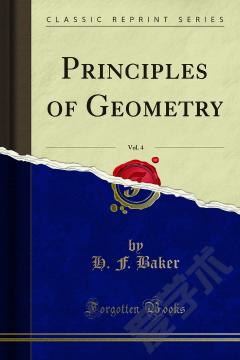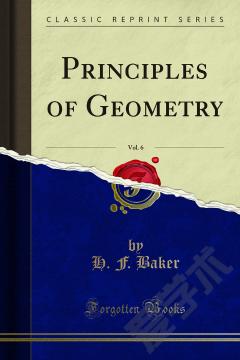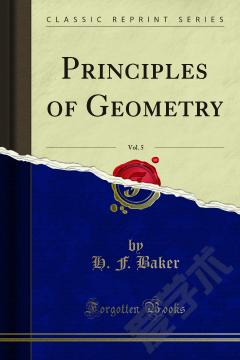Principles of Asymmetric Synthesis
The world is chiral. Most of the molecules in it are chiral, and asymmetric synthesis is an important means by which enantiopure chiral molecules may be obtained for study and sale. Using examples from the literature of asymmetric synthesis (more than 1300 references), the aim of this book is to present a detailed analysis of the factors that govern stereoselectivity in organic reactions. It is important to note that the references were each individually checked by the authors to verify relevance to the topics under discussion. The study of stereoselectivity has evolved from issues of diastereoselectivity, through auxiliary-based methods for the synthesis of enantiomerically pure compounds (diastereoselectivity followed by separation and auxiliary cleavage), to asymmetric catalysis. In the latter instance, enantiomers (not diastereomers) are the products, and highly selective reactions and modern purification techniques allow preparation - in a single step - of chiral substances in 99% ee for many reaction types. After an explanation of the basic physical-organic principles of stereoselectivity, the authors provide a detailed, annotated glossary of stereochemical terms. A chapter on "Analytical Methods" provides a critical overview of the most common methods for analysis of stereoisomers. The authors then follow the 'tried-and-true' format of grouping the material by reaction type.
{{comment.content}}








 京公网安备 11010802027623号
京公网安备 11010802027623号